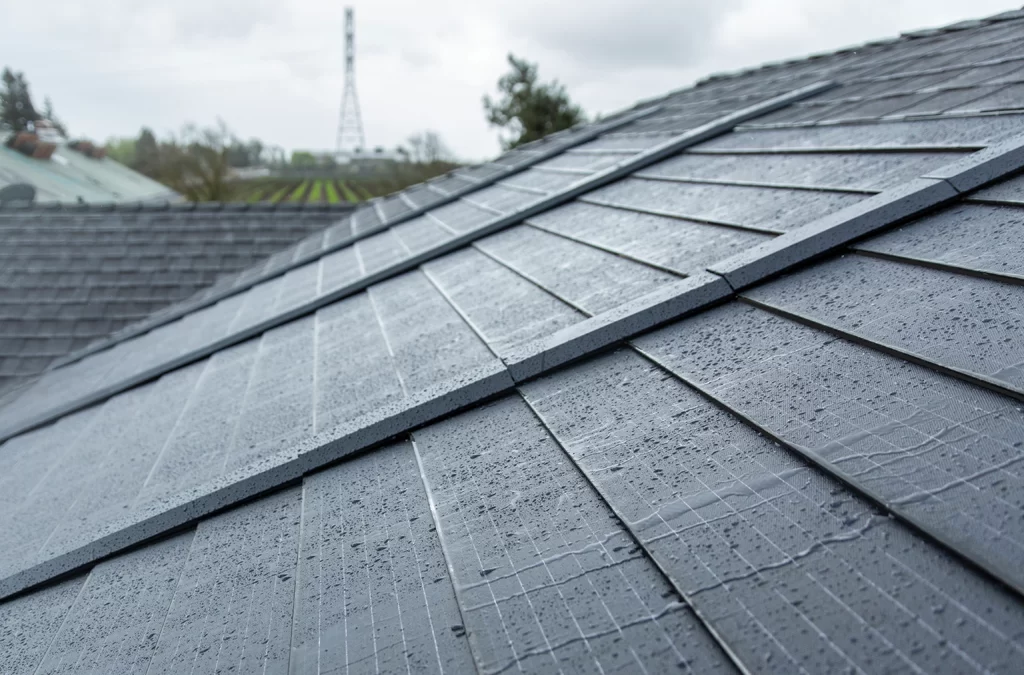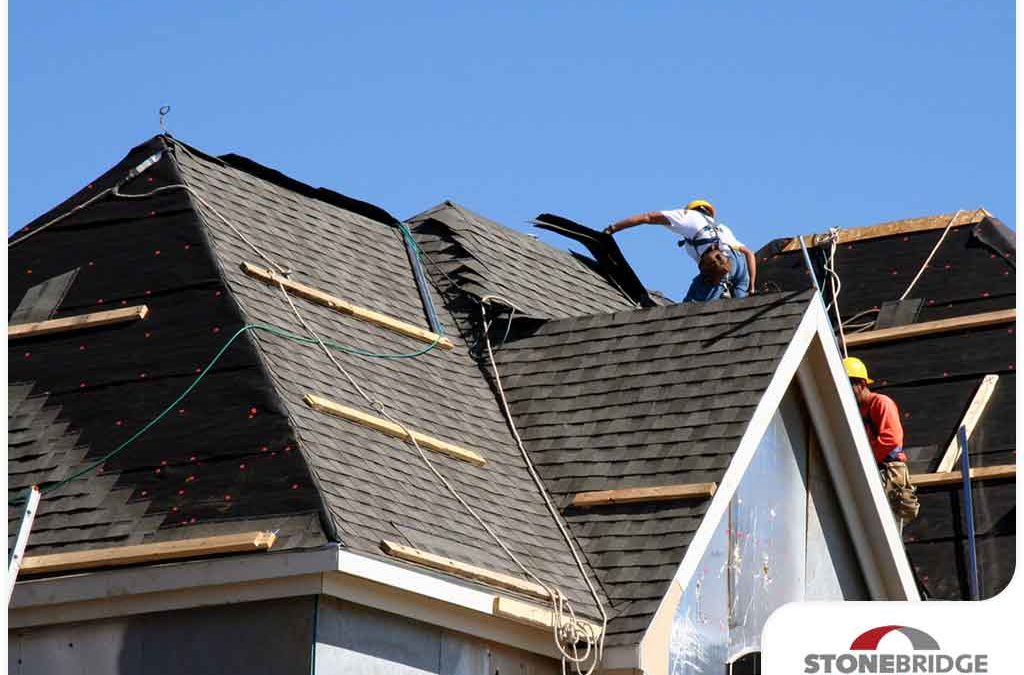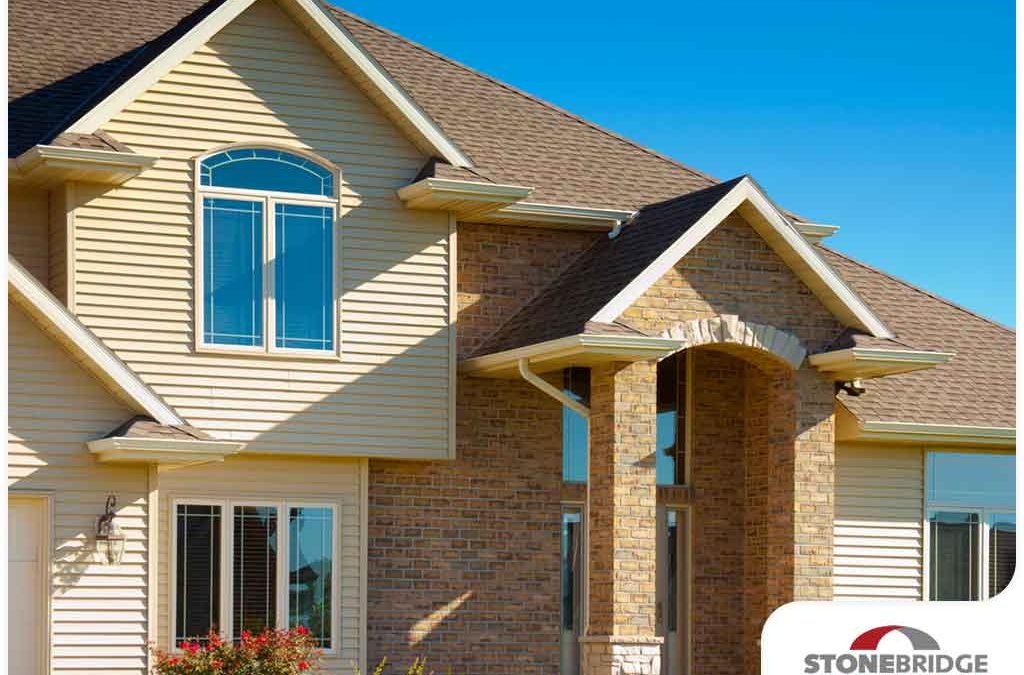
The Power of the Sun: Why a Solar Roofing System Is a Smart Move for Florida Homes
Florida is famous for its beaches, palm trees, and year-round sunshine. That same sunshine is also one of the state’s most valuable natural resources. With more than 230 sunny days a year, we are uniquely positioned in Florida to take full advantage of residential solar roofing systems.
A solar roofing system isn’t just a good idea, it’s becoming one of the smartest investments a homeowner can make. Thanks to lower equipment costs, better technology, and strong government support, more families are turning their rooftops into clean energy powerhouses.
Why Florida Is Ideal for Solar Energy
The Sunshine State lives up to its name. According to the U.S. Energy Information Administration (EIA), Florida ranked among the top three states for total solar electricity generation in 2023, producing over 14,000 thousand megawatt-hours from utility-scale facilities alone EIA-Florida Profile. That figure doesn’t even include thousands of homes now generating their own electricity from solar panels.
With high solar potential, moderate year-round temperatures, and rising energy costs, Florida homeowners are reaping big benefits from rooftop solar.
How a Solar Roofing System Works
A solar roofing system includes photovoltaic (PV) panels that convert sunlight into electricity. This electricity can be used immediately to power your home, stored in a battery system for later, or sent back into the grid through net metering. In Florida, utilities are required to credit homeowners for any excess energy they produce, helping offset future bills Florida PSC – Net Metering.
Over time, your system can produce enough power to significantly reduce, or even eliminate, your electricity bills.
Savings That Add Up Over Time
The financial return on a solar roofing system is one of the biggest motivators for homeowners. Electricity costs are rising across the U.S., and Florida is no exception. The average monthly electric bill in Florida during summer months is around $175–$250 according to EIA data EIA – Electricity Sales & Price. That’s over $2,000 a year.
Installing solar can lock in your energy costs and protect you from rate hikes for the next 25 years or more. Many systems pay for themselves in just 7 to 10 years. Beyond that, you’re enjoying almost free electricity.
Big Incentives Make It Even Easier
If you install a solar energy system on your home, you’re eligible for a 30% federal tax credit through the Residential Clean Energy Credit. This covers not just the panels, but installation and associated equipment costs Energy.gov – Federal Tax Credit.
Florida adds even more savings:
- Sales Tax Exemption: Solar systems are 100% exempt from Florida’s state sales tax, immediately lowering the cost FL Dept. of Revenue – TIP 19A01-10.
- Property Tax Exemption: Adding solar panels increases your home’s value—but Florida law ensures that increase is exempt from property tax calculations FL Statute 196.175.
Combined, these incentives can save you thousands right from the start.
A Boost in Home Value
Beyond monthly savings, solar roofing systems can increase your home’s resale value. A study from the U.S. Department of Energy’s Lawrence Berkeley National Lab found that homes with solar sold for about $15,000 more than similar homes without solar LBNL – Selling the Sun.
Solar is seen as a modern, energy-efficient upgrade, similar to a kitchen remodel or new windows, but with built-in financial returns.
Built for the Future
As more utilities shift toward renewable energy, having your own solar system puts you ahead of the curve. It means less reliance on the grid, lower carbon emissions, and a step toward sustainability. Plus, newer systems are sleek, low-profile, and integrate with modern roofing materials, making them as stylish as they are efficient.
Final Thoughts
Whether you’re looking to save money, reduce your carbon footprint, or just take control of your home’s energy use, a solar roofing system makes sense—especially in Florida. With smart policy, generous tax credits, and nearly year-round sunshine, the path to solar has never been more accessible.
At Stonebridge Roofing, Energy & Exteriors, we proudly offer the GAF Timberline Solar™ roofing system, the first nailable solar shingle designed to be part of your roof, not just installed on top of it.
- Streamlined Design: Timberline Solar™ integrates directly with your roof deck for a sleek, low-profile finish that blends form and function.
- Durable & American-Made: Engineered for strength, performance, and lasting beauty—built in the USA with industry-leading warranties.
As the future of energy moves toward clean, renewable sources, homeowners who make the switch today are not only investing in their own financial future, they’re helping build a better tomorrow.


